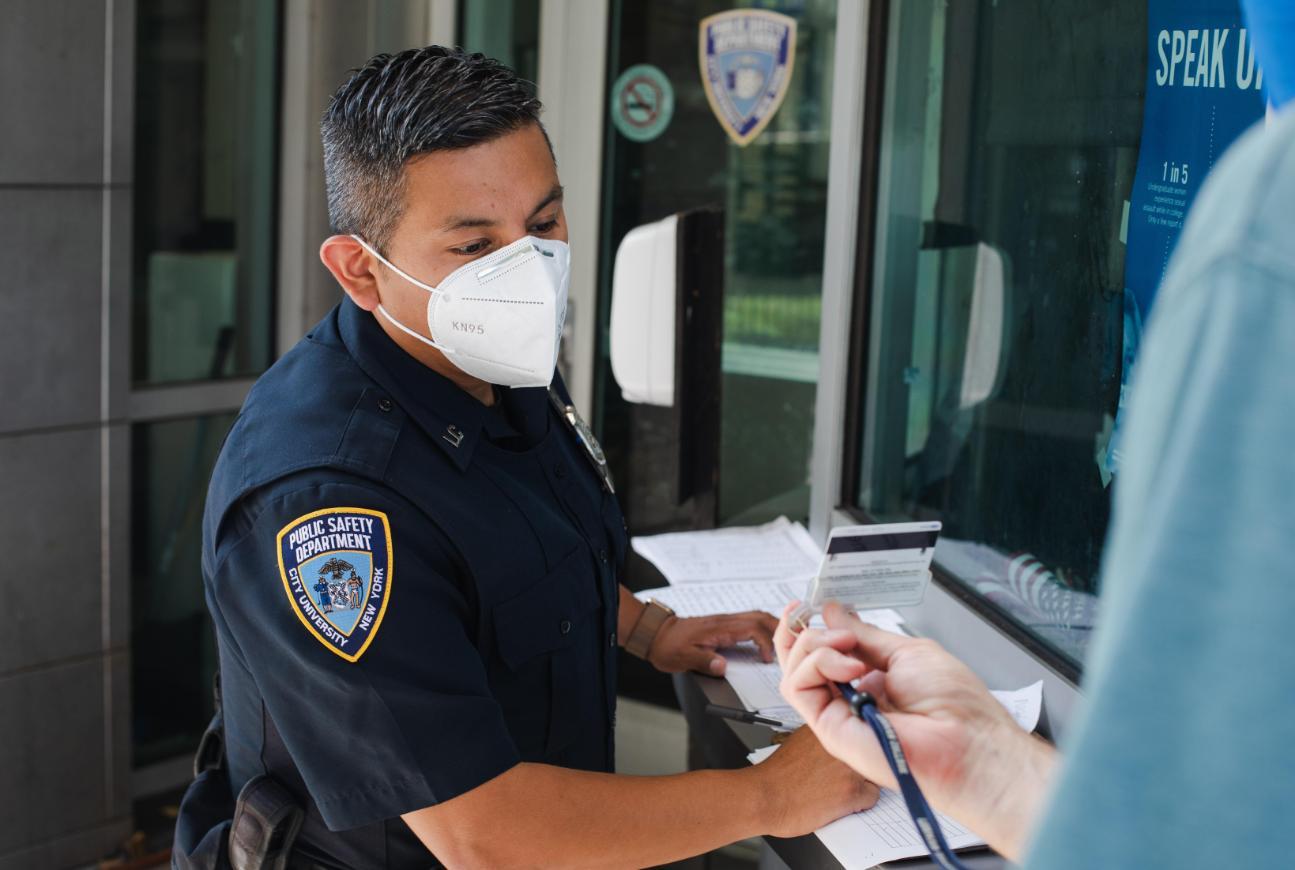A professional car thief can open a locked car, remove what they want and get away in a matter of seconds. Fortunately, most car thieves rely on the carelessness of their victims. Security-conscious drivers lose less than those who are careless.
According to the Federal Bureau of Investigation, most cars are stolen because they are easy to steal. 80% of all cars stolen last year were unlocked at the time. A significant number of automobiles are stolen because drivers fail to remove ignition keys. Believe it or not, 40% actually had the keys in the ignition.
Auto theft crimes most often take place at night and are committed by young males. Top spots for auto theft include malls, apartment complexes, stores, churches, and office buildings










